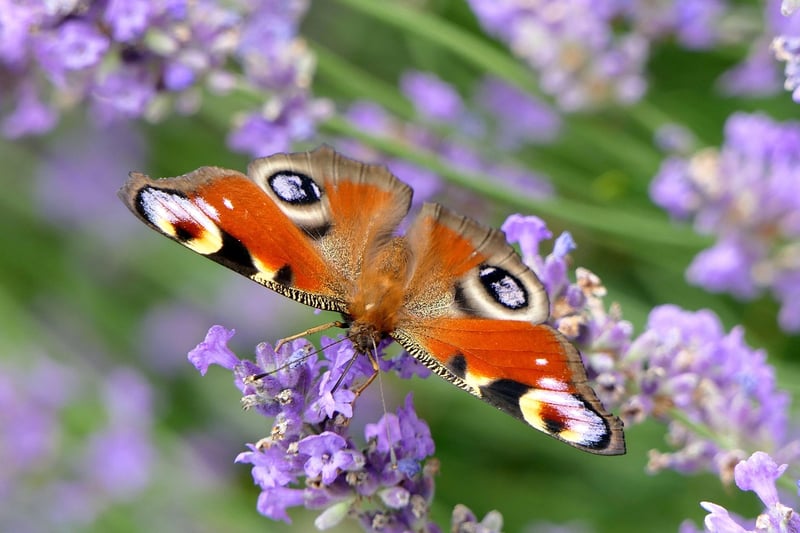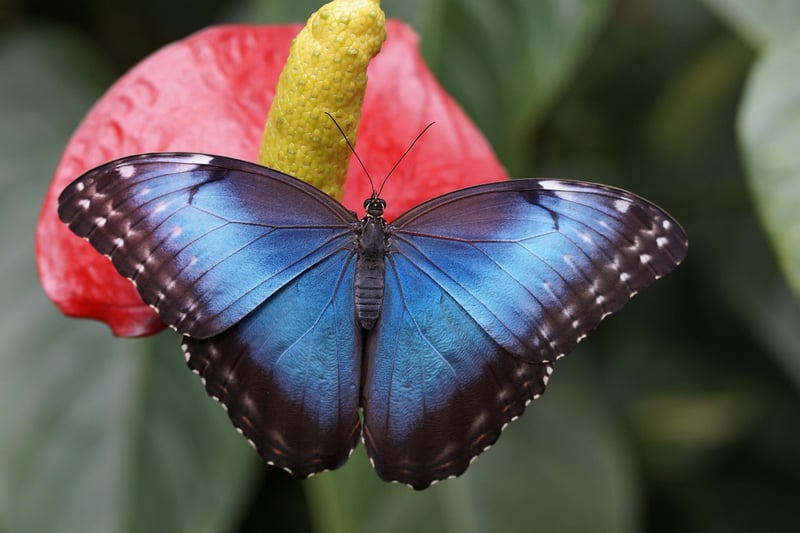Butterfly Habitats
Encouraging Biodiversity in Cities: Creating Butterfly Habitats
As urban areas expand, it's crucial to foster biodiversity within cities to support a healthy ecosystem. One effective way to achieve this is by creating butterfly habitats. Butterflies not only add beauty to urban settings but also play a vital role in pollination and indicate a healthy environment. Here's how you can encourage biodiversity in cities by establishing butterfly habitats:
1. Choose Native Plants
Opt for native plant species when designing butterfly habitats. Native plants are well-adapted to the local environment and provide food sources and shelter for butterflies at various stages of their life cycle.
2. Include a Variety of Flowers
Plant a diverse range of flowers that bloom at different times of the year. This ensures a continuous nectar supply for butterflies throughout the seasons and attracts a variety of species.
3. Provide Host Plants
Include host plants in your butterfly habitat. These plants are essential for butterfly reproduction as they serve as food for caterpillars. Different butterfly species have specific host plant requirements.
4. Add Water Sources
Butterflies need water for hydration and reproduction. Create shallow water sources like birdbaths or small puddles with pebbles for butterflies to perch on and drink safely.
5. Avoid Pesticides
Avoid using pesticides in butterfly habitats as they can harm butterflies and other beneficial insects. Opt for natural pest control methods to maintain a healthy balance in the ecosystem.
6. Provide Shelter
Include features like rocks, logs, and bushes in your butterfly habitat to provide shelter from predators and harsh weather conditions. These elements also offer resting spots for butterflies.
7. Educate and Engage
Engage the community by organizing workshops, planting events, or educational sessions about the importance of butterflies and biodiversity in urban areas. Encourage others to create butterfly habitats in their own spaces.
8. Maintenance and Monitoring
Regularly maintain and monitor your butterfly habitat to ensure the plants are healthy, water sources are clean, and there is an adequate butterfly population. Make adjustments as needed to optimize the habitat.

By following these tips and creating butterfly habitats in urban areas, you can contribute to biodiversity conservation, support pollinators, and enhance the natural beauty of cities. Start small in your backyard or community garden and make a difference for butterflies and the environment!
Remember, every small green space in the city can make a big difference in promoting biodiversity and creating a more sustainable urban environment.
